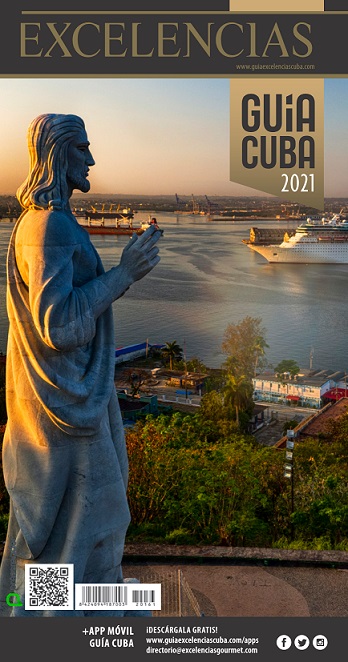La Ceiba is a municipality of Honduras and the main city in the department of Atlantida, some 196 kilometers from San Pedro Sula. Its territory embraces a surface of 622 square kilometers and is made up of 299 villages like La Ceiba, Armenia Bonito, Bonitillo, Corozal and Dantillo. Its population is 117,318 inhabitants (year 2000) and that makes it the country’s third-largest city second-best only to Tegucigalpa and San Pedro Sula.
The municipality of La Ceiba was founded on August 23, 1877 and at the onset it was part of the department of Colon. On July 24, 1893, it was declared a port city independent from the Trujillo administration. Finally, as the department of Atlantida was created on February 24, 1902, La Ceiba became the department’s major city.
Its name stems from the huge tree known as mahogany (ceiba in Spanish) a sacred plant for the Mayan civilization in Copan.
La Ceiba’s major economic activities are linked to agriculture and fishing, though tourism has jumped up in recent years with a development of its own. The city features a harbor and an international airport (Goloson).
Traditionally, agriculture was entirely devoted to such crops as bananas, pineapples and oranges. As a matter of fact, one of the main reasons behind La Ceiba’s demographic growth in the late 19th and early 20th centuries was the economic boost provided by the huge banana plantations run by U.S. companies.
The region’s top tourist attractions have to do with its white sandy beaches like Peru, El Porvenir, Sambo Creek and Corozal. Moreover, it also purveys a natural environment teeming with exceptionally beautiful spaces like the Bay Islands, Cochinos Keys, Cocoa Lagoon, Cangrejal River, the Cuero and Salado wildlife havens and the Pico Bonito National Park among other locations.
The city is also recognized for its San Isidro Labrador celebrations –the city’s saint patron- held every year from May 8 through 23.






